Fast food is a world of culinary convenience and indulgence, but not all menu items are created equal. Some dishes have garnered undue hype while others quietly sparkle with understated brilliance. This post explores 17 fast food items that failed to live up to expectations and three hidden gems that deserve a spotlight.
McDonald’s Arch Deluxe

The Arch Deluxe was McDonald’s ambitious attempt to cater to a more sophisticated palate. Marketed as a “burger with grown-up taste,” it featured a special mustard-mayo sauce that was surprisingly bold for its time. Despite the marketing hype, the burger failed to resonate with the general public. Consumers found it neither here nor there, lacking the classic simplicity expected from a McDonald’s burger. Ironically, its ambitious nature became its downfall. The Arch Deluxe’s legacy is a testament to how even giants can stumble in their quest for culinary innovation.
Taco Bell’s Bell Beefer
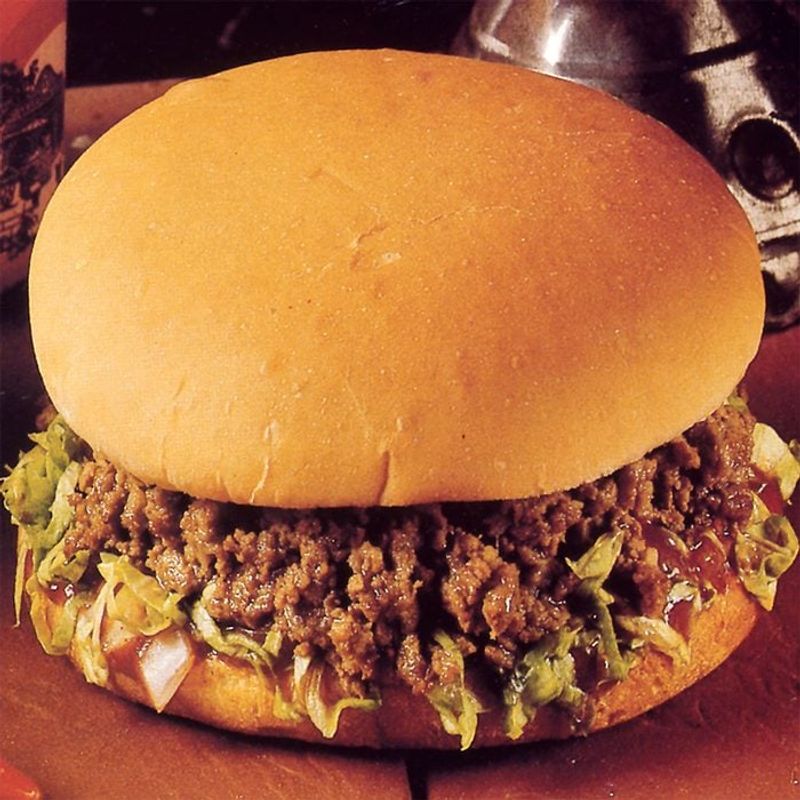
The Bell Beefer was Taco Bell’s foray into the world of burgers, but with a twist. Essentially a taco in sandwich form, it featured seasoned beef, lettuce, and cheese between a bun. Fans of traditional tacos were left scratching their heads. Its perplexing presentation didn’t align with Taco Bell’s core menu offerings and was ultimately discontinued. The Bell Beefer is remembered as a quirky attempt to blend two culinary worlds that perhaps were better left separate. Its short-lived existence reflects the difficulties of thinking outside the bun.
Burger King’s Satisfries
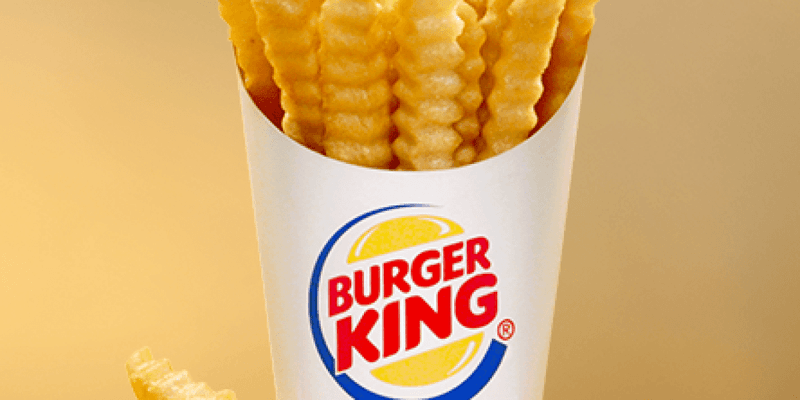
Burger King’s Satisfries were introduced as a healthier alternative to regular fries. These crinkle-cut fries promised fewer calories and less fat, appealing to the health-conscious consumer. However, the taste didn’t quite deliver the satisfying crunch and flavor that fry lovers anticipated. Customers found themselves longing for the original, more indulgent version. Despite good intentions, Satisfries couldn’t find their footing in the fast-food landscape. Their rapid disappearance from menus serves as a reminder that not all healthy innovations meet the taste expectations of the masses.
McDonald’s McDLT
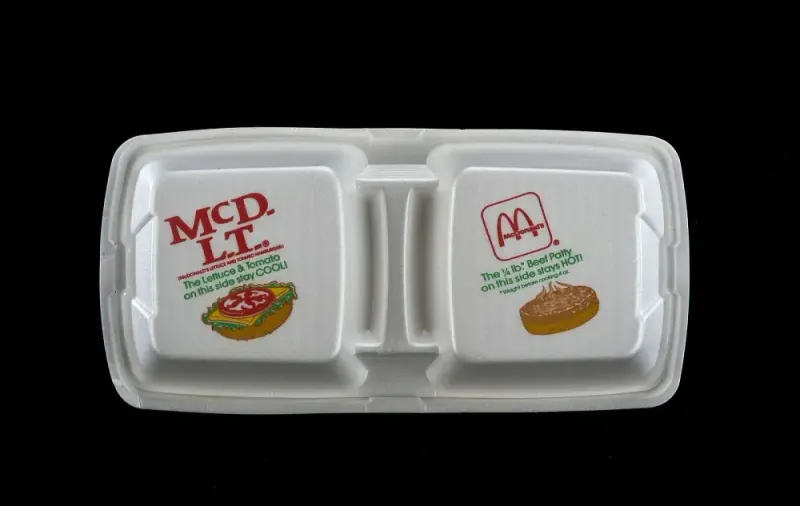
The McDLT was McDonald’s innovative idea to keep the hot and cold elements of a burger separate until consumption. Advertised with the jingle “Keep the hot side hot,” it aimed to deliver a fresh eating experience. However, the packaging was bulky and environmentally unfriendly, leading to its eventual downfall. While the concept was intriguing, it was ahead of its time in terms of practicality. The McDLT stands as a nostalgic nod to McDonald’s experimental phase, illustrating how sometimes innovation needs to balance novelty with sustainability.
Wendy’s Superbar
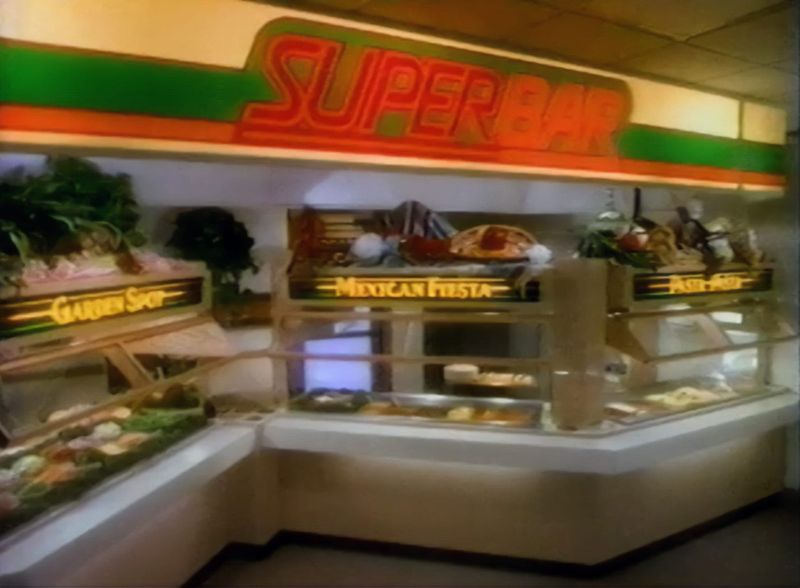
In the 1990s, Wendy’s introduced the Superbar, an in-store buffet offering a mix of pasta, tacos, and salads. It was a bold move to attract diners looking for variety. However, maintaining the bar’s quality and cleanliness proved challenging. Staff struggled to keep up with demand, leading to a decline in customer satisfaction. The Superbar was eventually phased out, remembered as an ambitious yet flawed attempt to expand Wendy’s offerings. It serves as a reminder of the fine line between innovation and overextension in the fast-food industry.
Pizza Hut’s Priazzo
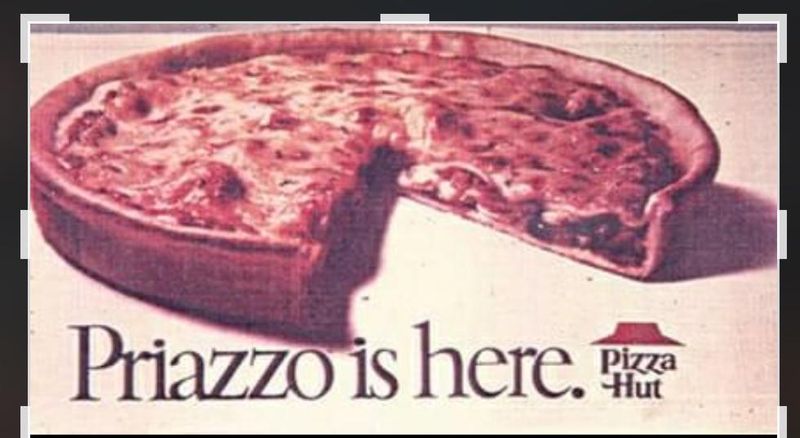
The Priazzo was Pizza Hut’s ambitious attempt to create a pizza pie reminiscent of Italian classics. With layers of cheese, meat, and sauce, it resembled a deep-dish pizza on steroids. The Priazzo’s complexity was both its allure and its Achilles’ heel. Preparation time was lengthy, and the cumbersome serving process deterred fast-food patrons seeking quick service. Ultimately, it was phased out, but not forgotten. The Priazzo remains a symbol of Pizza Hut’s exploration into gourmet territory, a venture that was perhaps too grandiose for its time.
McDonald’s Mighty Wings
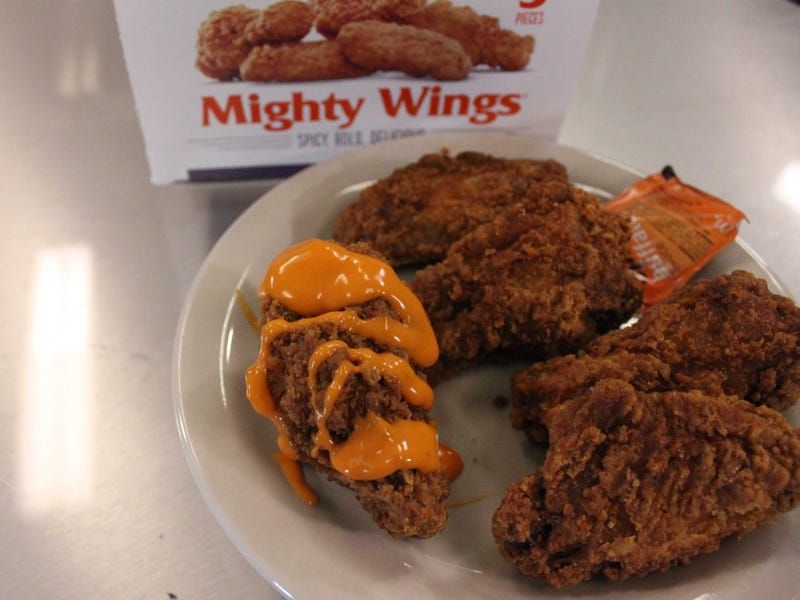
McDonald’s Mighty Wings were introduced with the hope of capturing the burgeoning chicken wing market. Offered with a spicy kick, they seemed poised to succeed. Yet, their premium pricing and intense flavor left many customers indifferent. The wings didn’t blend seamlessly into McDonald’s primarily burger-focused menu, resulting in lackluster sales. They found a small but loyal fanbase who appreciated the bold taste, but this wasn’t enough to keep them on the menu. Mighty Wings are a lesson in market alignment and pricing strategy.
KFC’s Double Down
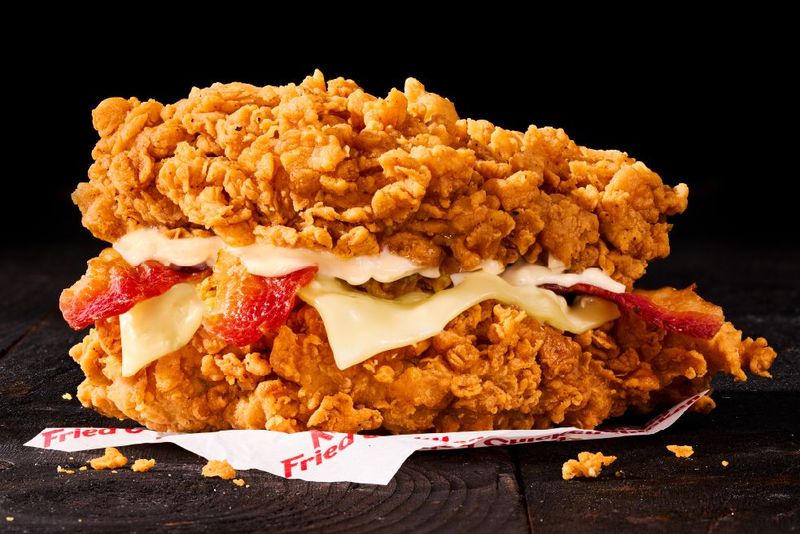
The Double Down from KFC defied traditional sandwich norms by replacing bread with chicken fillets. Packed with bacon, cheese, and sauce, it was both a marvel and a dietary challenge. The concept intrigued many, but its artery-clogging reputation overshadowed its novelty. While the Double Down attracted attention for its audacity, it also faced criticism for its lack of nutritional value. It survives in infamy as an example of indulgence taken to the extreme, showcasing the delicate balance between creativity and consumer health.
Taco Bell’s Seafood Salad

Taco Bell’s Seafood Salad was an adventurous leap into uncharted waters for a brand known for tacos and burritos. With shrimp and crab atop a bed of lettuce, it was a bold attempt to diversify the menu. However, seafood’s delicate nature clashed with fast food’s demand for consistency and affordability. Customers were skeptical, and its reception was lukewarm at best. The Seafood Salad’s brief tenure is a testament to the risks of departing too far from a brand’s core identity. It remains a curious footnote in Taco Bell’s history.
McDonald’s McPizza
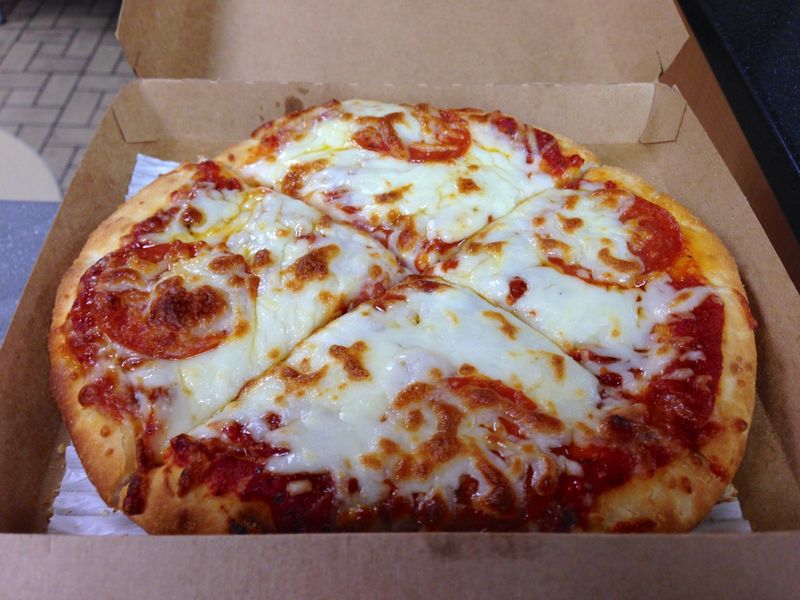
The McPizza was McDonald’s attempt to break away from its burger chains and tap into the pizza market. Despite its ambitious nature, the execution was flawed. Preparation times were lengthy, and the pizza’s taste didn’t measure up to dedicated pizzerias. As a result, it struggled to compete and was gradually phased out. The McPizza stands as a bold but ultimately unsuccessful venture, a reminder of the challenges inherent in expanding a brand’s culinary repertoire beyond its established niche.
Burger King’s Bacon Sundae
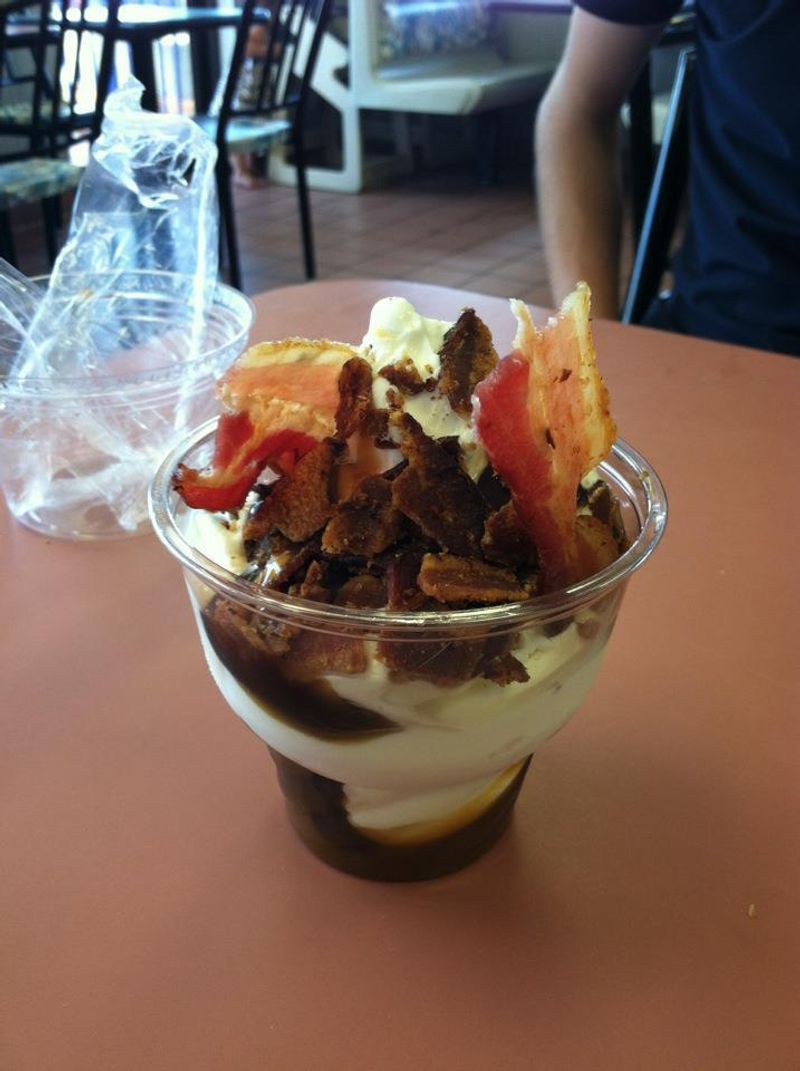
Burger King’s Bacon Sundae was a daring dessert that combined sweet and savory elements. Creamy vanilla ice cream topped with crispy bacon and caramel sauce aimed to entice adventurous eaters. While some appreciated the innovative pairing, others found the combination jarring. The sundae’s polarizing nature led to limited-time availability, and it quickly faded from the menu. Despite its brief appearance, the Bacon Sundae remains a quirky example of culinary experimentation that pushed the boundaries of fast food desserts.
Arby’s Meat Mountain
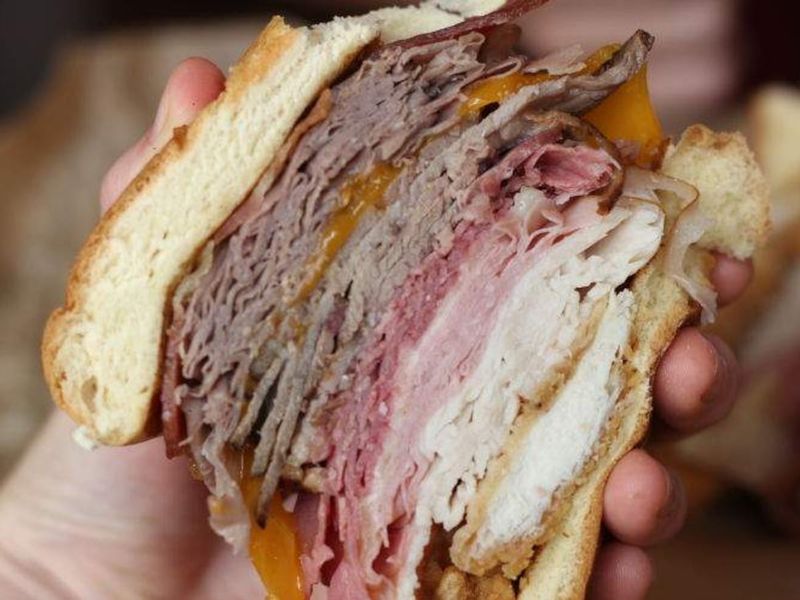
Arby’s Meat Mountain was a carnivore’s dream, featuring nearly every meat on the menu stacked between buns. This towering creation aimed to showcase Arby’s diverse offerings but came with a hefty price and calorie count. While it attracted attention for its sheer audacity, practicality was lacking. Many found it difficult to eat without disassembling the sandwich. The Meat Mountain served as a bold statement of Arby’s identity but also highlighted the balance required between creativity and customer accessibility.
Wendy’s Frescata Sandwiches
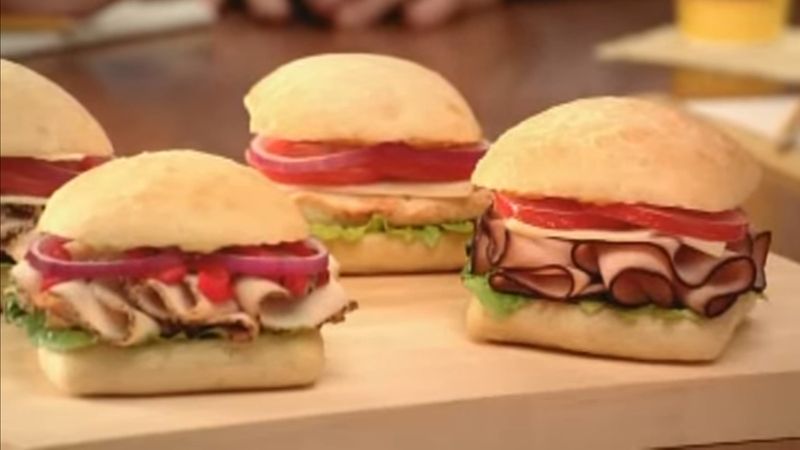
Wendy’s Frescata Sandwiches were introduced as a fresh alternative to the usual fast-food offerings. With deli-style meats and artisan bread, they seemed poised for success. However, preparation was time-consuming, and the sandwiches didn’t align with Wendy’s core menu. Customers seeking quick service were deterred by the wait, leading to their discontinuation. While the Frescata line was a commendable attempt to elevate fast-food dining, it serves as a reminder that operational efficiency is crucial in the industry.
McDonald’s Onion Nuggets
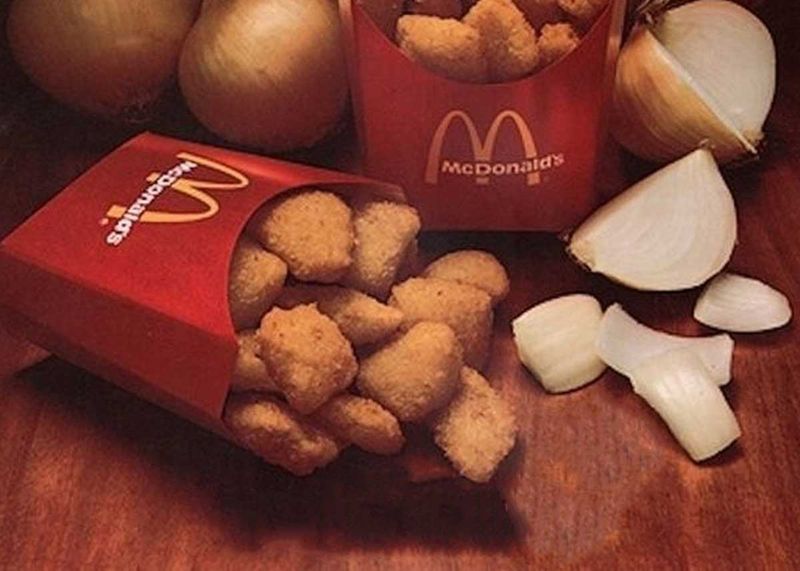
Before the era of McNuggets, McDonald’s tested Onion Nuggets as a savory snack option. These golden bites offered a unique take on onion rings, aiming to tempt those seeking something different. Despite positive feedback on flavor, they didn’t achieve widespread popularity. The novelty wore off, and the appeal of traditional chicken nuggets eventually overshadowed them. Onion Nuggets remain a fond memory for some, symbolizing McDonald’s willingness to explore unconventional concepts before finding its nugget niche.
Subway’s Flatizza
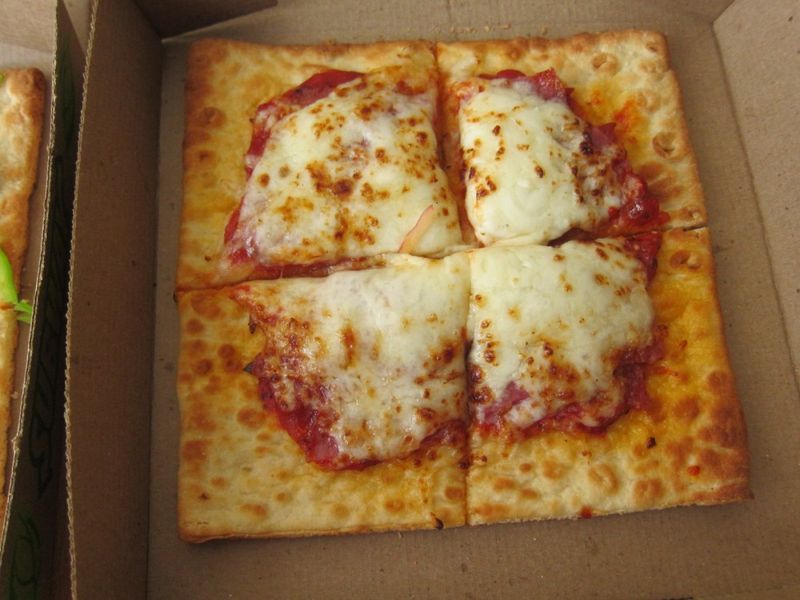
Subway’s Flatizza was an intriguing attempt to tap into the pizza market by leveraging its flatbread base. Topped with cheese and pepperoni, it promised a convenient pizza-like experience. However, the taste and texture didn’t match up to traditional pizza, leaving customers underwhelmed. The Flatizza’s short-lived presence on the menu reflects the challenges of adapting an existing product to fit a different culinary category. It remains a quirky chapter in Subway’s history, illustrating the brand’s willingness to experiment beyond its sandwich roots.
McDonald’s McLobster
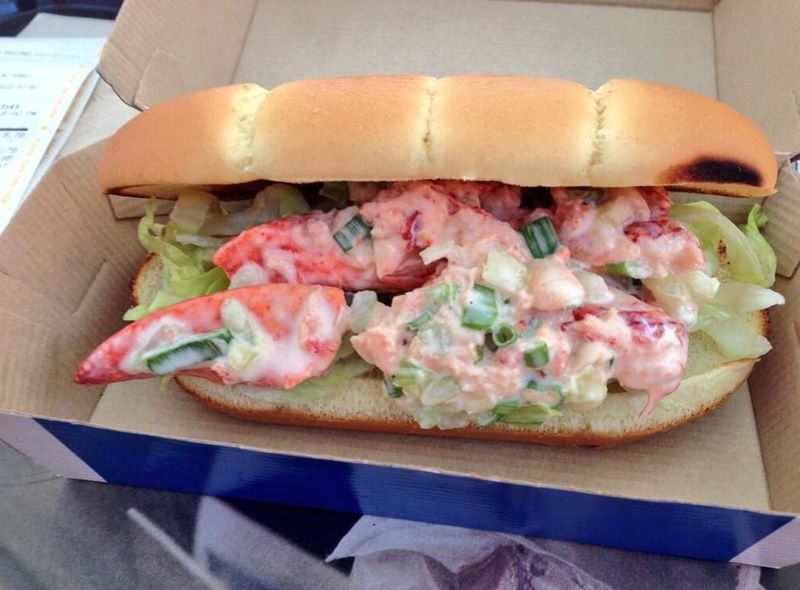
The McLobster was McDonald’s seasonal offering aimed at capturing the summer seafood vibe. Featuring lobster chunks on a toasted roll, it was an ambitious attempt to diversify the menu. However, the high price and inconsistent quality led to mixed reactions. While some appreciated the effort to offer something unique, others found it lacking compared to local seafood options. The McLobster remains a seasonal curiosity, highlighting the difficulty of balancing premium ingredients with fast-food expectations.
Hidden Gem: Jollibee’s Chickenjoy
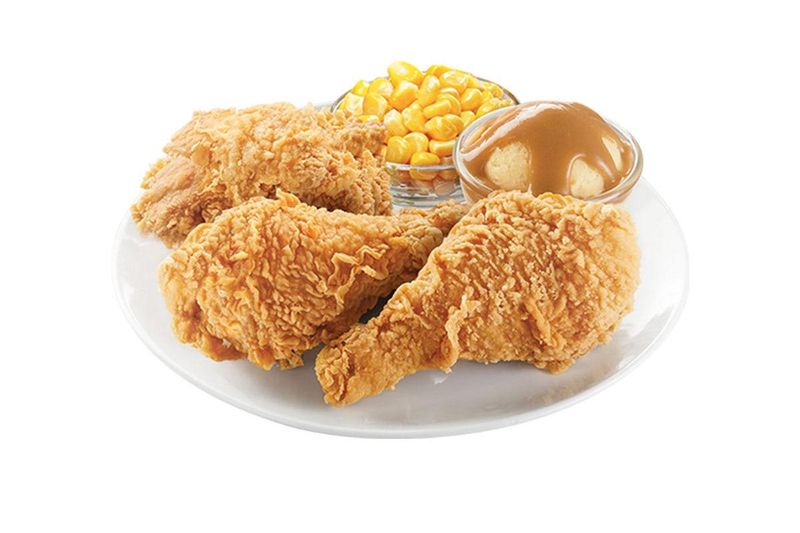
Jollibee’s Chickenjoy is a delight that deserves more recognition. Known for its crispy, flavorful coating and juicy interior, it has won hearts globally. Despite its understated presence in some regions, those who try it become instant fans. The combination of perfectly cooked chicken with a side of savory gravy makes it a standout. As Jollibee expands internationally, Chickenjoy continues to gain a devoted following. This hidden gem exemplifies how quality and taste can triumph without the need for heavy marketing, relying instead on word-of-mouth praise.
Hidden Gem: In-N-Out’s Animal Style Fries
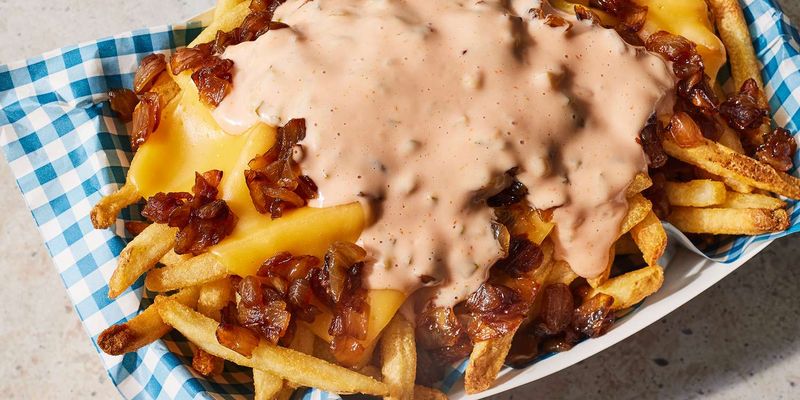
In-N-Out’s Animal Style Fries are a secret menu treasure that deserves more spotlight. Topped with melted cheese, grilled onions, and a tangy special sauce, they elevate the humble fry to new heights. While the regular menu receives much attention, these fries often fly under the radar. Those in the know savor every bite, appreciating the rich flavors and texture. Animal Style Fries are a testament to In-N-Out’s commitment to quality, proving that sometimes the best culinary delights are hidden in plain sight.
Hidden Gem: Shake Shack’s ‘Shroom Burger
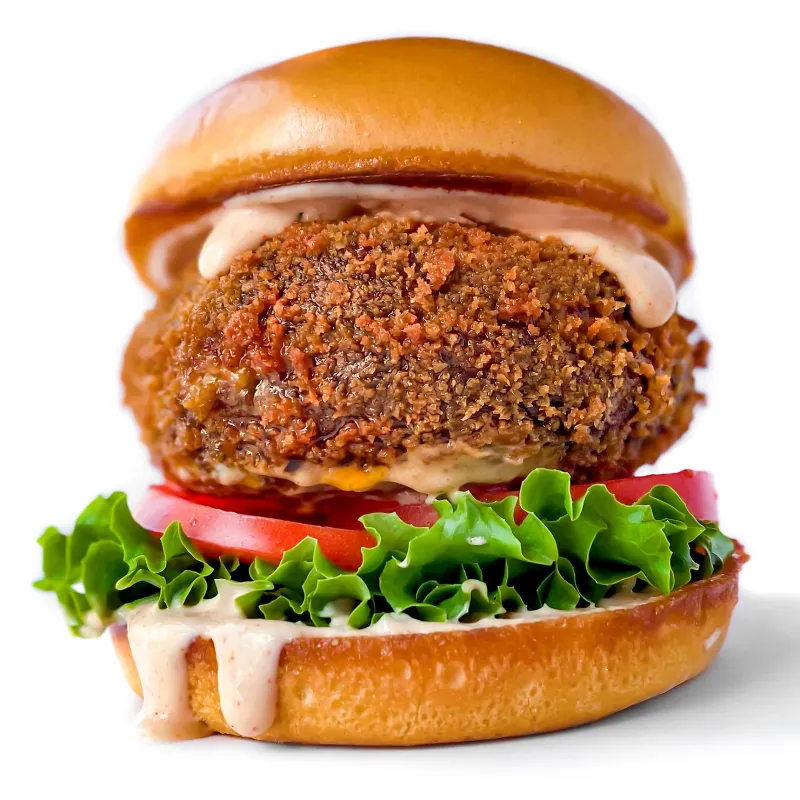
Shake Shack’s ‘Shroom Burger is a vegetarian delight that often goes unnoticed. Featuring a crispy-fried portobello mushroom filled with melted cheese, it’s a flavor-packed alternative to meat. While the ShackBurger garners the spotlight, the ‘Shroom Burger quietly impresses those who give it a chance. The combination of textures and rich taste makes it a worthy choice for vegetarians and meat-lovers alike. This hidden gem highlights Shake Shack’s ability to cater to diverse palates, offering a satisfying option that stands proudly alongside its beefy counterparts.
Starbucks Unicorn Frappuccino
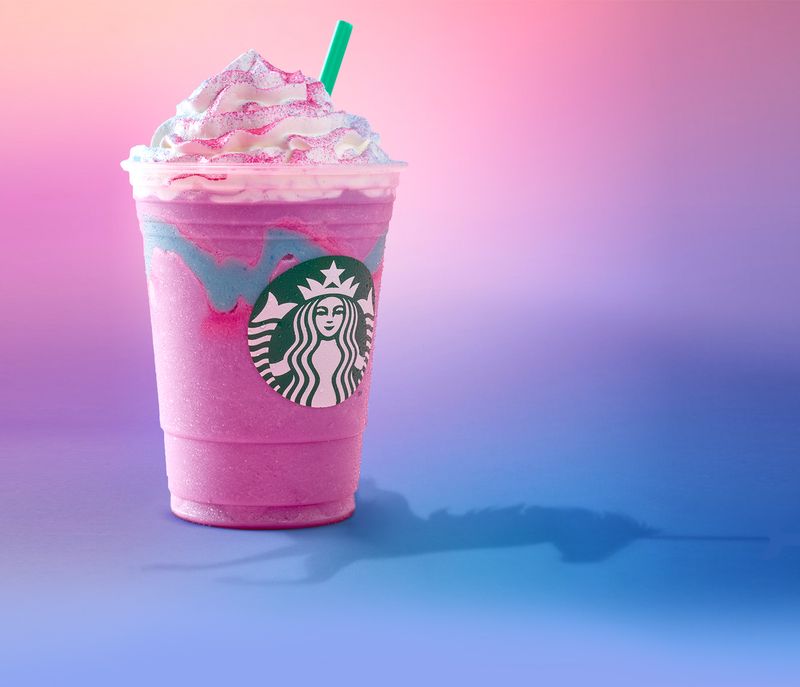
The Unicorn Frappuccino was Starbucks’ attempt to catch the wave of Instagrammable drinks. This neon-colored beverage promised a magical transformation with each sip. However, while visually captivating, many found its flavor confusing—a mix of sweet, sour, and everything in between. Some described it as drinking a candy store.
Despite its fleeting popularity, the Unicorn Frappuccino was criticized for its sugary content and lack of a distinctive taste. This drink was a clear case of style over substance. Still, it managed to capture the social media zeitgeist, if only for a moment.
For a limited time, this mythical drink drew lines out the door, proving that in the realm of novelty, appearance often trumps taste. Parents and nutritionists, however, were less enchanted, voicing concerns over its nutritional value.
Leave a comment